How to Generate Leads: A Proven Step-by-Step Guide for 2025
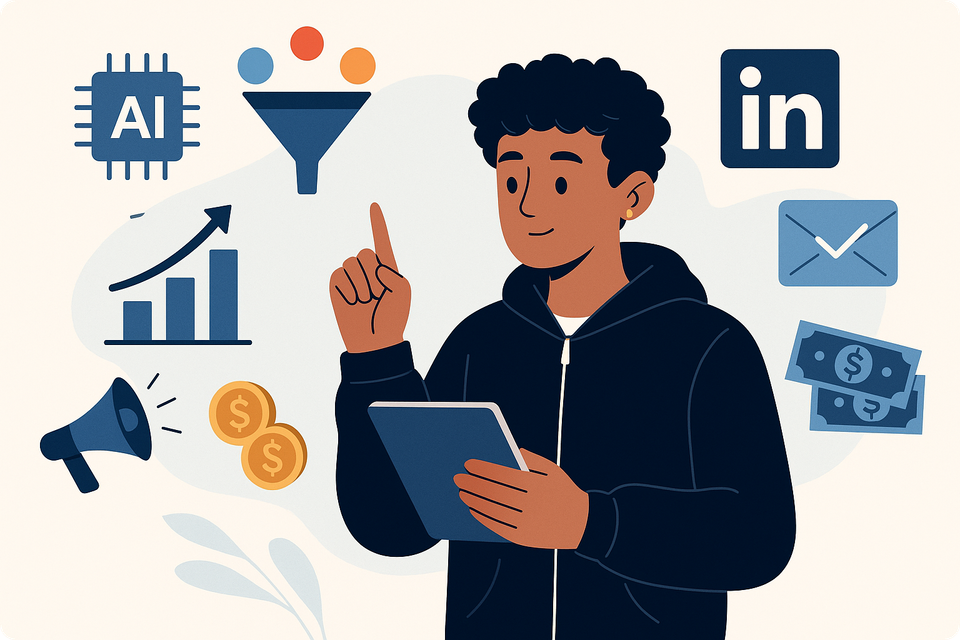
68% of B2B marketers struggle with the same problem you're facing right now.
They can't consistently generate quality leads that actually convert.
Here's what's crazy: a 20% boost in leads equals 20% more revenue. Yet most companies leave this money on the table because they're using outdated tactics or getting lost in complexity.
The data in 2025 backs this up:
- 91% call lead generation their top priority
- 58% say generating quality leads is their biggest challenge
- 68% of B2B businesses struggle to generate leads
- 40% cite lead quality as a top challenge
Your tactics need to catch up.
While competitors fumble with 2023 playbooks, you can leverage strategies that merge proven fundamentals with cutting-edge AI.
This guide walks you through the exact system I use to scale businesses from zero to consistent lead flow. You'll get LinkedIn tactics, cold email sequences, AI workflows, and the tools that make it all work.
Ready to go from "where do we start?" to qualified leads at scale?
Let's build your pipeline.
What Is Lead Generation in 2025?
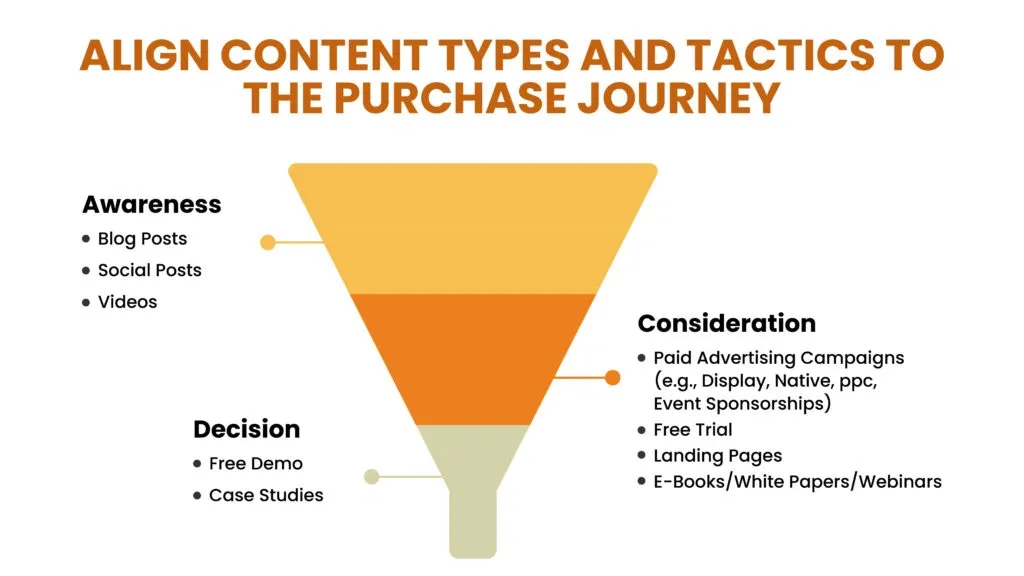
In today's digital ecosystem, lead generation has become the cornerstone of business growth. Lead generation is the process of attracting potential customers and converting their interest into sales opportunities. According to research, more than 85% of companies consider lead generation one of the most important goals of marketing. The landscape has shifted dramatically as businesses adapt to new technologies and changing consumer behaviors.
Definition and how it has evolved
Lead generation is fundamentally about building a pipeline of qualified prospects who are likely to become paying customers. Throughout history, this process has transformed significantly while maintaining its core purpose: getting in front of a target market with a reason to buy.
Initially, businesses relied on traditional methods like cold calling, direct mail, and print advertising. These approaches often yielded lower conversion rates due to their broad targeting. As digital marketing emerged, websites, email campaigns, and social media created more targeted ways to reach prospects.
Currently, lead generation has evolved into a sophisticated process involving multiple stages:
- Attracting leads through content marketing, SEO, GEO, and social media
- Capturing leads via forms and landing pages
- Nurturing leads with relevant content addressing specific needs
- Qualifying leads based on interest and decision-making authority
- Converting leads into customers through effective sales strategies
The latest evolution incorporates AI and automation, which have dramatically enhanced how businesses identify and engage potential customers. Furthermore, 80% of marketers confirm that automation brings more leads and conversions.
B2B vs B2C lead generation differences
Although both B2B and B2C lead generation share the same goal—converting strangers into customers—they differ significantly in approach and execution.
B2B lead generation targets other businesses and decision-makers within organizations. The buying cycle is typically longer because multiple stakeholders are involved in purchasing decisions. B2B leads often require at least three months before they're ready to convert into customers. Additionally, events and SEO have proven most effective for B2B lead generation, with 59% of B2B marketers believing SEO has the biggest impact.
In contrast, B2C lead generation focuses on individual consumers who make faster, more emotionally-driven decisions. The sales cycle is considerably shorter, sometimes completed in minutes. B2C strategies emphasize visual appeal, emotional connections, and simplified purchasing processes.
Key differences include:
- Decision process: B2B involves multiple stakeholders and data-driven decisions; B2C relies more on individual impulse and emotional factors
- Content approach: B2B requires informative, professional content like case studies and whitepapers; B2C thrives on creative, visually appealing content
- Channel selection: B2B focuses on professional networks like LinkedIn; B2C utilizes broader social platforms like Instagram and TikTok
Why lead generation is harder and smarter in 2025
Lead generation has become simultaneously more challenging and more sophisticated in 2025. Consequently, 61% of marketers identify generating high-quality leads as their biggest challenge.
First-party data has become invaluable currency as privacy regulations evolve and third-party cookies become obsolete. Moreover, businesses must now balance quantity with quality—generating sufficient leads while ensuring they're qualified prospects. This is particularly challenging in competitive markets where numerous companies target the same audience.
Alongside these challenges, lead generation has become smarter through:
- AI and automation continuing to streamline efforts, improving lead quality and conversion rates
- Personalization becoming standard practice, with 71% of consumers expecting tailored interactions
- Video marketing growing in importance, with 95% of video marketers considering it essential to their strategy
- Voice search optimization driving more than $2 billion in sales
Indeed, lead generation in 2025 requires businesses to adapt to rapid changes in market trends, consumer behavior, and technology. Companies that embrace these changes with strategic approaches will successfully navigate the complexity of modern lead generation.
What's the Lead Generation Funnel?
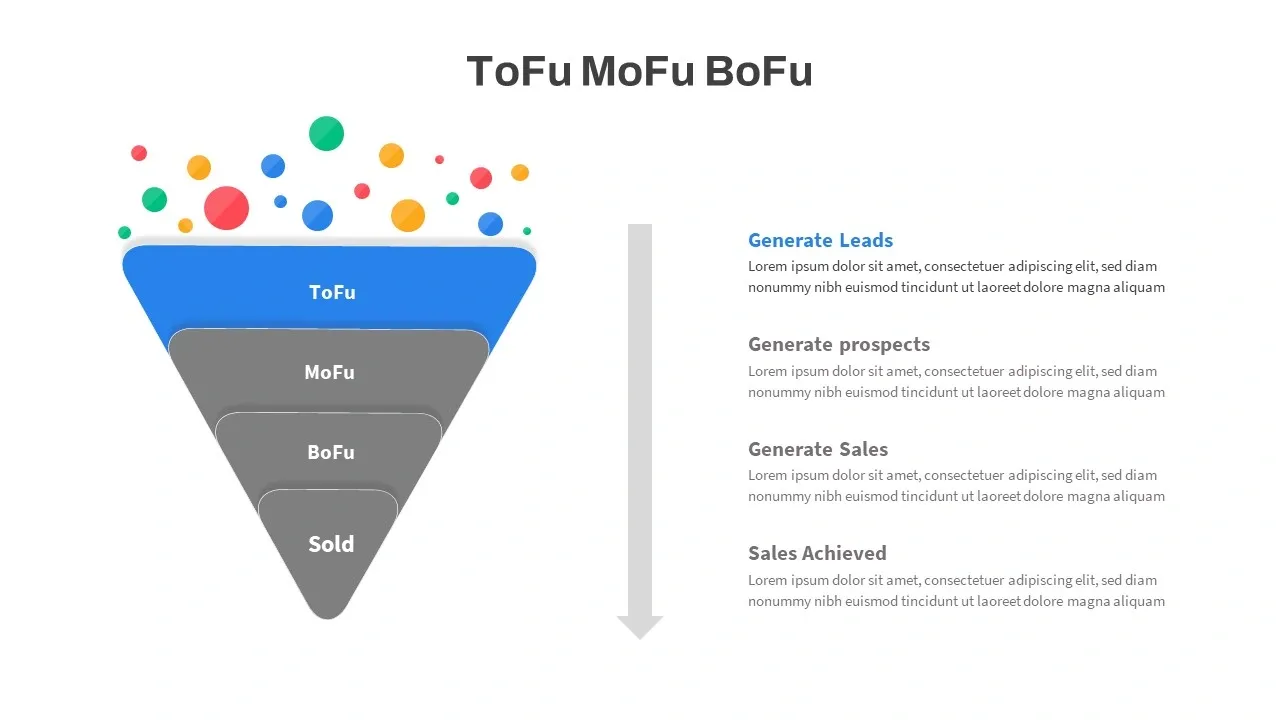
"The sales team owns the sales funnel. But as a B2B marketer, you feed the top of their funnel." — Doug Kessler, Co-founder and Creative Director, Velocity Partners
The sales funnel serves as the backbone of effective lead generation, guiding potential customers through their journey from initial awareness to final purchase decision. Understanding this funnel thoroughly enables you to create targeted strategies for each stage, ultimately improving your conversion rates and maximizing your marketing efforts.
Top of Funnel (TOFU): Awareness stage
At the top of the funnel, potential customers first encounter your brand while becoming aware of their problems or needs. These leads typically have limited knowledge of your offerings and are primarily searching for information related to their challenges. They're not yet ready to make purchasing decisions but remain open to learning about potential solutions.
The primary goal during TOFU is to introduce your brand and capture attention without pushing for sales. Your focus should be on building brand awareness and establishing connections with your target audience. Research shows that only about 4.6% of leads convert at this stage, making it crucial to cast a wide net while beginning to qualify leads.
Common mistakes at this stage include failing to conduct thorough audience research, producing generic content, neglecting SEO practices, and relying on a single channel for outreach. Therefore, successful TOFU strategies require understanding your audience's evolving needs, creating engaging content, and establishing presence across multiple channels.
Middle of Funnel (MOFU): Consideration stage
Once leads progress to MOFU, often called the consideration stage, they have clearly defined their problems and are actively evaluating potential solutions. At this point, they're comparing different options but aren't quite ready to evaluate specific vendors.
This stage is frequently the most complicated because it involves a broad diversity of interested leads who haven't been fully qualified. Your goal is to educate buyers about your product or service's value and determine who will likely become customers. Sales development representatives should focus on qualifying leads and setting sales meetings, converting marketing-qualified leads into sales-qualified leads.
Effective MOFU strategies include personalized email campaigns, lead qualification systems that track engagement, and content that positions your solution as superior to alternatives. Through these approaches, you can nurture leads toward the decision stage while building trust and credibility.
Bottom of Funnel (BOFU): Decision stage
The BOFU stage represents the final phase where highly qualified leads are ready to purchase. Prospects at this stage have conducted comprehensive research on your brand and are comparing specific vendors after identifying their preferred solution.
Naturally, this is the most critical phase of the lead generation funnel, as your goal shifts to convincing prospects that your offering is the best fit for their needs. Only a small percentage of prospects make it all the way through to this stage, yet research shows that just 14% of marketing professionals prepare BOFU content while 50% actively generate TOFU materials.
To simplify the decision stage and improve conversions, you must address possible objections, highlight your unique selling proposition, provide proof that your product delivers on its promises, and develop trusted relationships through demonstrations or trials.
How content fits into each stage
Different content types resonate with leads at various funnel stages, effectively guiding them through their buying journey:
TOFU content should inform and help answer questions without sales pressure. Effective formats include:
- Educational blog posts and articles
- Informative infographics
- Social media content
- Short videos explaining concepts
- Ungated resources that provide immediate value
MOFU content should educate prospects about why your offering is the best solution. Consider using:
- Comparison guides (solutions, not vendors)
- Case studies showing real-world applications
- Webinars and podcasts
- Videos demonstrating expertise
- Advanced ebooks and white papers
BOFU content should focus on conversion and providing final assurance. This includes:
- Product demos and free trials
- Detailed case studies
- Customer testimonials
- Competitor comparisons
- Consultations and personalized proposals
By aligning your content strategy with each funnel stage, you create a seamless path that guides prospects from initial awareness through consideration and finally to a purchase decision. This strategic approach ensures you're delivering the right information at the right time, resulting in more qualified leads and higher conversion rates.
7 Proven Lead Generation Tactics That Still Work
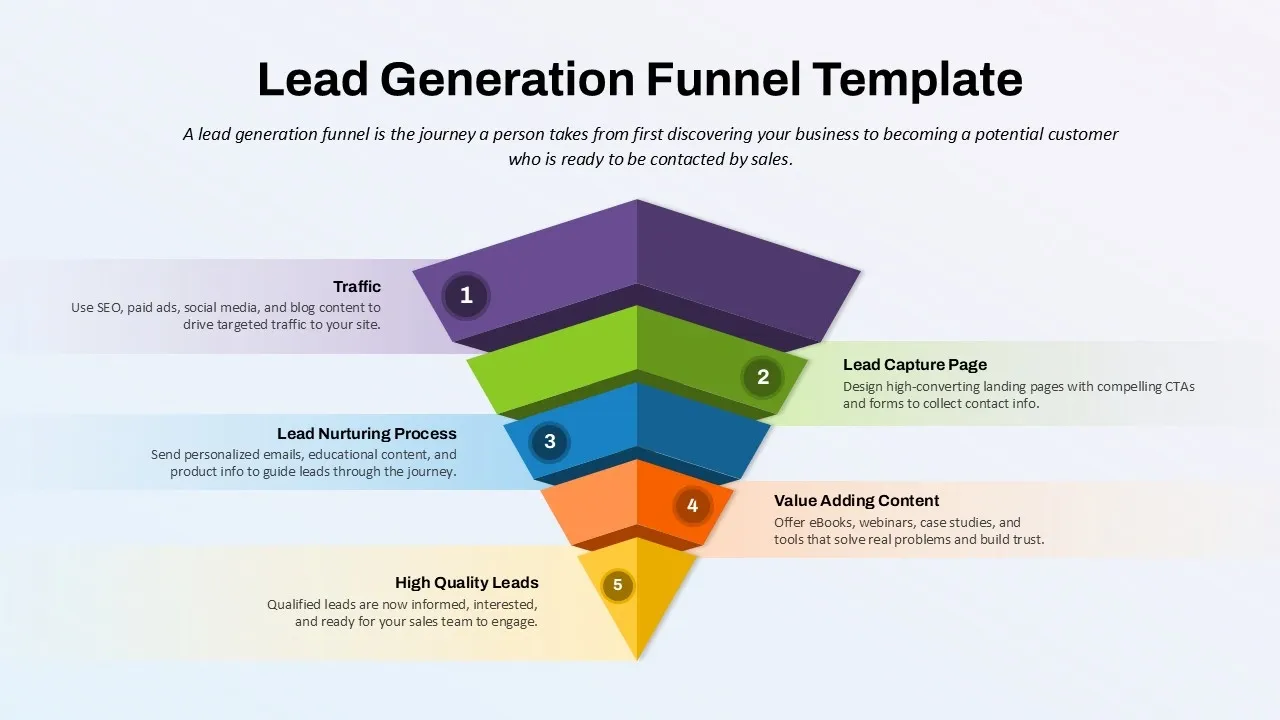
"The lead generation process starts by finding out where your target market 'lives' on the web." — Wayne Davis, Marketing strategist and author
Despite the evolving digital landscape, certain lead generation tactics continue to deliver exceptional results in 2025. Implementing these proven strategies correctly can dramatically increase your conversion rates while keeping acquisition costs manageable. Let's explore seven tactics that remain highly effective for businesses of all sizes.
Cold email with tools like Skrapp and Apollo
Cold emailing remains one of the most direct and effective lead generation methods when executed properly. According to research, cold email campaigns can generate an impressive positive reply rate of 39% when following a structured approach. In fact, for many businesses, this strategy consistently delivers one qualified lead per day.
Tools like Apollo and Skrapp have revolutionized this process through their advanced features. Apollo offers powerful personalization capabilities through text variables and AI-driven insights, alongside email warmup and inbox rotation to enhance deliverability. Likewise, Skrapp excels at email scraping with waterfall lead enrichment, ensuring your messages reach valid addresses rather than bouncing.
The key to successful cold email campaigns lies in personalization and persistence. Data shows that first messages receive a 37.5% reply rate, first follow-ups get 31.5%, and second follow-ups achieve 17.7% response rates. Hence, structured follow-up sequences are essential for maximizing results.
LinkedIn outreach: manual vs automated
LinkedIn outreach has proven exceptionally effective for B2B lead generation, outperforming Facebook and Twitter by 277%. The platform houses over 1 billion professionals, creating an enormous pool of potential prospects.
Manual outreach involves personally visiting profiles, sending connection requests, and engaging with content. This approach builds authentic relationships but requires significant time investment. Conversely, automated outreach using tools like Expandi enables you to run campaigns 24/7 in the background, mimicking human behavior while operating at scale.
Agencies like SalesBread handle this differently by matching specific targeting with custom messaging for each prospect. It's not automated at scale or fully manual. It's somewhere in between, which can work for companies that need LinkedIn outreach but don't have time to do it themselves.
For optimal results, focus on personalized connection requests rather than generic messages. Research indicates properly executed LinkedIn campaigns can achieve:
- 45% connection request acceptance rates
- 19.98% reply rates to messages
- 48.14% positive reply ratio (meeting requests or qualified inquiries)
Lead magnets: eBooks, calculators, templates
Lead magnets effectively convert anonymous visitors into identifiable leads by offering valuable resources in exchange for contact information. The most successful lead magnets provide immediate value while addressing specific pain points of your target audience.
Effective lead magnets come in various formats:
- Ebooks and comprehensive guides
- Interactive calculators and assessment tools
- Templates and checklists
- Free trials and product demos
- Discount codes and exclusive offers
To maximize conversion rates, ensure your forms remain simple—more form fields typically result in fewer leads, though the leads obtained may be better qualified. Furthermore, promote your lead magnets through multiple channels including your website, email marketing, social media, and even paid advertising to increase visibility.
SEO and blog CTAs
Strategic calls-to-action (CTAs) within SEO-optimized blog content create powerful lead generation opportunities. Effective CTAs guide visitors through different stages of the buyer's journey, from awareness to decision-making.
Align your CTAs with specific funnel stages:
- TOFU CTAs: "Download Your Free Guide Today" or "Sign Up for Exclusive Content"
- MOFU CTAs: "Schedule Your Free Demo" or "Watch Our Product Walkthrough"
- BOFU CTAs: "Claim Your Offer Now" or "Talk to Our Team for Expert Advice"
Placement matters significantly—rather than relegating CTAs to the end of articles, incorporate them strategically throughout your content. Consider early article placement after introducing complex topics, mid-article insertion when discussing specific solutions, and offering content upgrades like downloadable resources.
AI chatbots and conversational funnels
AI-powered chatbots have transformed lead generation by engaging website visitors 24/7, answering questions, and qualifying leads without human intervention. These tools build trust through personalized interactions while collecting valuable contact information.
Studies show chatbots can significantly boost conversion rates—one company increased lead generation by 10% after implementing a conversational bot on their homepage. In another case, a lead generation chatbot reduced cost per lead by 200% while generating nearly €1.5M in revenue.
For maximum effectiveness, program your chatbot to collect lead information strategically—either at the conversation's beginning, after several messages, or when specific keywords are mentioned. Additionally, integrate scheduling capabilities so prospects can immediately book calls with your sales team.
Referral programs and customer advocacy
Referral programs transform satisfied customers into lead generation engines by incentivizing them to recommend your business to their network. These programs produce exceptionally high-quality leads since referred prospects already trust your brand through their connection with the referrer.
The most effective referral programs reward both parties—the referring customer and the new lead. This approach provides incremental incentives throughout your funnel, encouraging advocates to bring qualified prospects who are likely to convert.
When implementing referral programs, timing is crucial. Ask for referrals when customers are most satisfied, such as after a purchase, following positive feedback, or after they've left a favorable review. Furthermore, automate the process with dedicated software that tracks referrals, issues rewards, and provides analytics on program performance.
Live events and webinars
Webinars and live events remain among the most effective lead generation tactics, with 77% of marketers reporting they have a more positive impact on lead generation goals than in-person events. In addition, 45% of B2B marketing professionals consider webinars the most effective demand generation technique available.
These virtual events excel at attracting qualified leads by offering educational and engaging experiences. They allow you to showcase expertise, solve common challenges, and build credibility with your audience. Moreover, interactive elements like live Q&A sessions, polls, and chat functions make webinars more engaging and help establish genuine connections with attendees.
To maximize lead generation from webinars, include clear calls-to-action that move people into your sales funnel and engage with participants before, during, and after the event. Additionally, use AI to create personalized landing pages, which can boost conversion rates by 10% or more.
AI-Powered Lead Generation in 2025
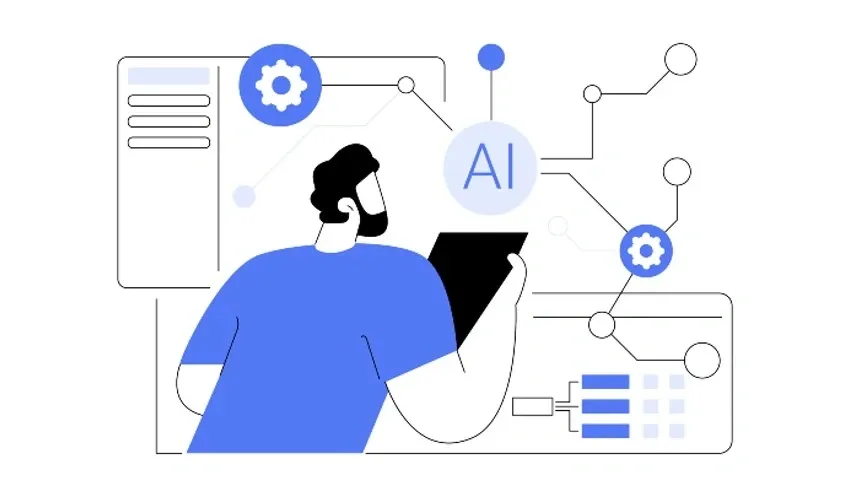
AI now powers the most effective lead generation systems in 2025. Intelligent algorithms enable businesses to identify and engage potential customers with unprecedented precision and efficiency.
Using Clay and ChatGPT API for enrichment
Clay combines with ChatGPT to create Claygent, an AI researcher that finds and summarizes relevant information faster than human teams. This integration allows you to enrich lead data through "waterfall enrichment," cycling through over 50 data providers until finding the information you need. I can ask Claygent questions about prospects, automatically pulling data to write personalized emails at scale.
Reddit-based targeting and signal mining
Finding qualified leads on Reddit requires engaging genuinely in relevant conversations. Tools like Reddityzer help identify professionals from industry-specific subreddits and qualify leads based on discussion context. For effective Reddit lead generation, create a multireddit focused on your target audience, build an authentic profile, and offer valuable content addressing pain points.
Automated workflows with CRM sync
AI agents function like virtual assistants handling complex prospecting workflows—researching accounts, identifying decision-makers, and crafting personalized outreach. These systems achieve increased booking rates by deploying contextual messaging across multiple channels simultaneously. By integrating with CRM systems, AI-powered lead scoring predicts which leads are most likely to convert.
How to use AI to generate leads at scale
AI-driven lead generation enables optimization based on what actually drives deals forward rather than just activity metrics. Businesses using AI report higher revenue growth, with organizations implementing AI-powered lead scoring experiencing significant conversion rate improvements. Currently, the advantage comes from unified AI platforms that analyze customer interactions, buying patterns, and engagement metrics to provide actionable insights.
Lead Generation Tool Stack for 2025
Building an effective lead generation system requires the right combination of specialized tools. The following stack represents the most powerful options for 2025.
Skrapp for email scraping
Skrapp excels at finding verified business emails from LinkedIn profiles and company websites. With its Chrome extension, you can instantly extract professional email addresses while browsing LinkedIn or corporate pages. The platform processes over 3 billion email searches with an impressive 92% success rate. Skrapp's waterfall lead enrichment ensures your contact lists contain only accurate and relevant emails.
Apollo for outreach and CRM
Apollo functions as an end-to-end AI sales platform that combines data, workflow automation, and intelligence. It streamlines outbound campaigns through personalized email sequences, automatic follow-ups, and performance tracking. The platform's unified database keeps all customer information synchronized, enabling seamless deal management and CRM integration.
Clay for AI enrichment
Clay provides access to 130+ premium data sources through its AI-powered enrichment platform. Its standout feature is Claygent, an AI research agent that can find marketing heads at specific companies or enrich data with job changes and LinkedIn posts. This tool helps businesses automate lead enrichment workflows while cutting costs by consolidating multiple data sources.
Typeform for lead capture
Typeform creates conversational lead capture forms that feel like natural dialog rather than questionnaires. Its one-question-at-a-time approach delivers up to 3.5x more data while maintaining higher completion rates. The platform integrates with over 300 tools including Slack, Zapier, and HubSpot for seamless workflow connections.
Carrd for landing pages
Carrd specializes in building simple, responsive one-page sites perfect for lead generation. Starting at just $19 per year, its Pro plan enables contact forms, signup features, and third-party integrations with services like Stripe and Typeform. The platform offers both templates and blank-page options with mobile-responsive designs that look professional on any device.
Lead Generation Strategy Decision Table
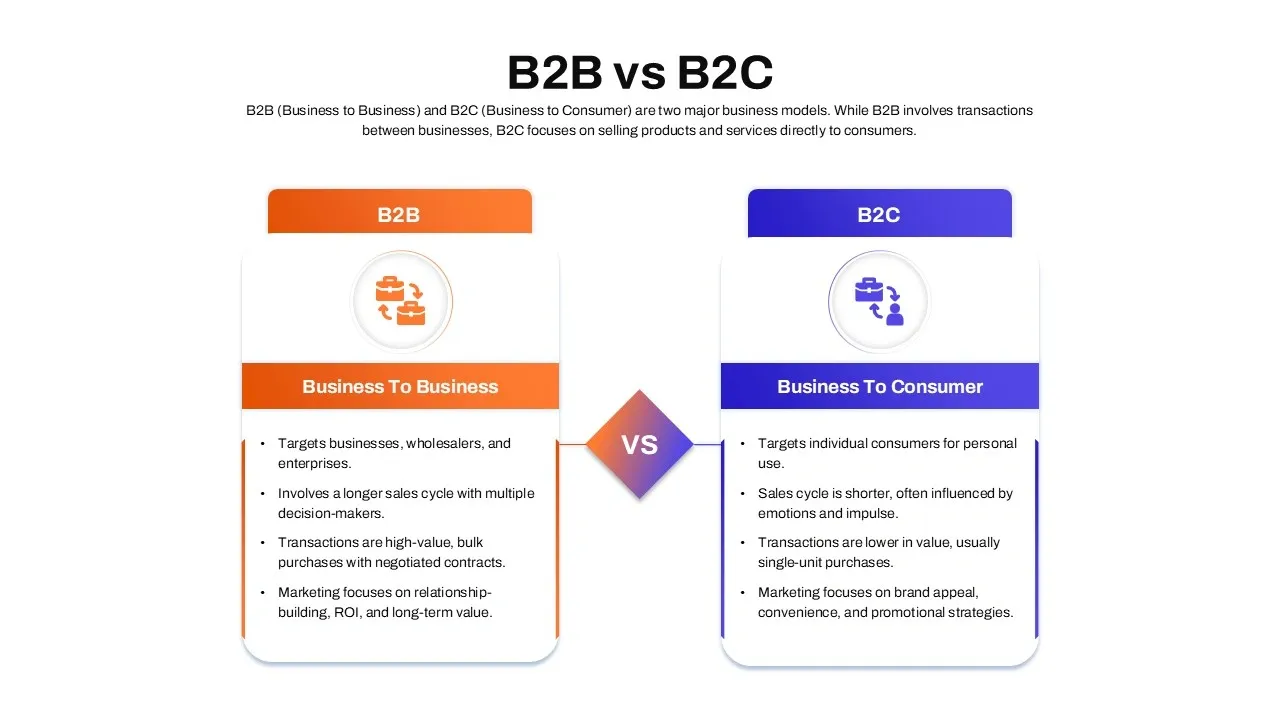
Selecting the right lead generation approach requires matching strategies to your specific business needs and resources. Let's examine how to make these critical decisions effectively.
Choosing tactics based on budget
Making strategic lead generation choices primarily depends on your available resources. For startups or small businesses with tight budgets, several cost-effective options exist:
| Budget Level | Recommended Tactics | Typical Monthly Cost | Expected ROI |
|---|---|---|---|
| Low (<$1000) | Content marketing, Social media engagement, Email marketing, Referral programs | $0–$1000 | Up to 40x for email |
| Medium ($1000–$5000) | LinkedIn outreach, Cold email campaigns, Webinars, Influencer partnerships | $1000–$5000 | ~4.5x for cold email |
| High ($5000+) | PPC advertising, SEO campaigns, Event marketing, Multi-channel approach | $5000–$10,000+ | 4.5x for PPC if done correctly |
Matching tools to B2B vs B2C
B2B and B2C lead generation require fundamentally different approaches. B2B marketers focus on building relationships with multiple decision-makers over longer sales cycles, whereas B2C marketers target individual consumers making faster, emotionally-driven decisions.
For B2B campaigns, prioritize:
- LinkedIn (highest visitor-to-lead conversion rate among social platforms)
- Email nurturing sequences
- Consultative content like whitepapers and case studies
Correspondingly, for B2C campaigns, emphasize:
- Visual social platforms (Instagram, Facebook)
- Quick conversion paths
- Emotional triggers and immediate value offers
Best channels for different industries
Overall, certain channels perform better for specific industries. Social media generates exceptional results for retail and consumer goods, whereas professional services benefit from thought leadership content and webinars.
The optimal channel mix varies based on:
- Industry-specific buyer behaviors
- Purchase complexity
- Decision timeframe
Notably, 91% of B2B marketers report lead generation as their top priority, understanding it requires sustained engagement. For industries with complex offerings, email sequences and educational content typically yield better results than quick-conversion tactics.
Wrapping Up
Here's the bottom line: lead generation in 2025 works when you combine what's proven with what's possible.
The fundamentals haven't changed. You still need to attract, nurture, and convert prospects through your funnel stages. But now you can do it faster, smarter, and more precisely than ever before.
What still crushes it:
- Cold email (39% positive reply rates)
- LinkedIn outreach (277% better than other platforms)
- Lead magnets, webinars, and referral programs
What's game-changing now:
- AI tools like Skrapp, Apollo, and Clay for personalization at scale
- Automated workflows that work 24/7
- Reddit targeting and signal mining
Your move depends on three things: budget, audience, and industry. Pick 2-3 tactics that match your resources and go deep rather than spreading yourself thin.
Ready to stop struggling with lead generation?
Start with one strategy from this guide. Test it for 30 days. Measure what works. Double down on winners, ditch what doesn't.
The companies winning in 2025 aren't the ones with perfect strategies—they're the ones actually implementing and iterating. Your pipeline won't fill itself.
FAQs: How to Generate Leads
What are some effective lead generation strategies for 2025?
Some effective strategies include AI-powered personalization, multi-stage funnel approaches, LinkedIn outreach for B2B, and combining traditional tactics like email marketing with innovative methods like chatbots and referral programs. The key is to adapt to evolving technologies and consumer behaviors.
How can I generate leads step-by-step?
Start by identifying your target audience, create valuable content to attract them, use lead magnets to capture contact information, nurture leads through personalized email sequences, qualify leads based on engagement, and finally convert them through targeted sales strategies. Continuously refine your approach based on results.
What are the 4 L's of lead generation?
The 4 L's stand for Lead Capture, Lead Magnets, Landing Page Conversion, and Lead Scoring. These elements form a comprehensive strategy to attract, engage, and qualify high-quality leads effectively throughout the sales funnel.
Which lead generation tactics work best on a limited budget?
For businesses with tight budgets, focus on cost-effective options like content marketing, social media engagement, email marketing, and referral programs. These tactics can deliver significant ROI without requiring large upfront investments.
How does AI enhance lead generation efforts?
AI powers advanced lead enrichment, enabling personalized outreach at scale. It can automate complex prospecting workflows, predict which leads are most likely to convert, and provide actionable insights based on customer interactions and buying patterns. AI-driven tools like Claygent can significantly improve efficiency and effectiveness in lead generation.
